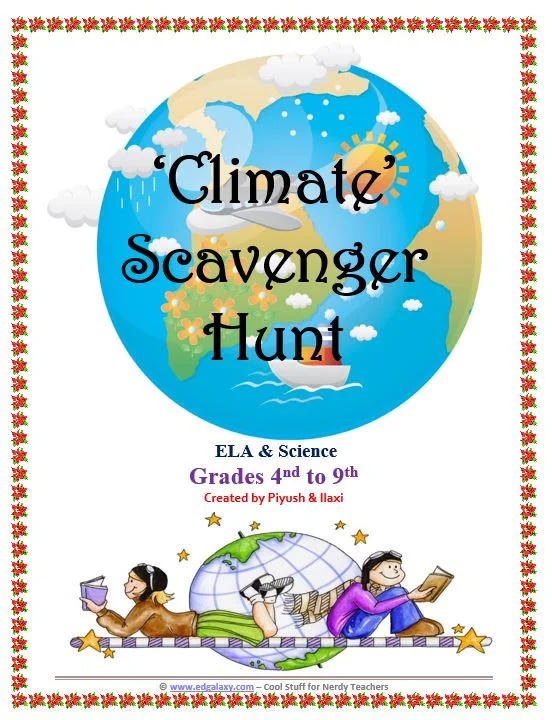Believe it or not but news used to be delivered to the world first via the newspaper. Once the cornerstone of the media. Although they struggle for relevance as we become more dependent on technology over one billion are still printed globally each week.
So today we are going to take a look at five innovative ways you can use newspapers with your students. Thanks to Rhaul Bukari for this lesson plan. Remember you can sell us your lesson plans here.
Let's take a look his suggestions.
Wall to wall.
On separate strips of paper write questions about facts that can be found on the odd-numbered pages of the newspaper e.g. "Who came third in the Grand Prix?" Pin the whole pages on the walls round the room. Hand out one question to each pair, who must now tour the room, find the answer, return and tell you - for which they receive a new question. Keep score if you wish.
Scrunched-up stories
Choose and cut out a number of longer stories (at least half a page). Scrunch up the pages into a ball so that it's impossible to read everything. Give one of these text-balls to each group, who can look all round it but may not touch or open it. Their task is to guess what the story is and write a one sentence summary of what they think their article is about. Collect these summaries in - then redistribute them. Groups now look at different texts around the room trying to work out which summary goes with which text. If you wanted to, you could then un-scrunch the texts and find out how well the learners guessed the full stories.
"Have you heard the news?"
Cut up and distribute different mid-length stories to pairs who should then think about how they could retell their story in the most exciting, interesting way if they met their friends at a party. You could offer input on useful phrases, intonation etc and discuss what makes one motivated to listen to a story. Ask them not to simply recite the facts.
When everyone is ready, they stand up and mingle, buttonholing others to tell their story, starting "Have you heard the news?" Listen and join in, encouraging lively interaction by dropping in a few phrases such as "No! I don't believe it!" and "Really? What happened?"
Headline gaps
Cut out a number of headlines (you'll need at least one for every 2 learners). In each one choose an interesting word to remove (e.g. "Hunting is good for trees, bad for _____ "). Glue the gapped headline at the top of a piece of paper with two columns. The pages are now passed around class. In the first column pairs should write their best guess at a possible word for each gap; in the second column they write a funny possibility. At the end compare answers and choose the best or funniest choices. The class could go on to predict the contents of the articles and maybe read a whole article of their choice.
Notes and Queries
Read out a good question from the "Notes and Queries" column (e.g. "Why do we have noses?") and give the class 5 minutes to discuss and come up with the most amazing explanation they can.If you do not have access to a copy of The Guardian Weekly you can see this section online at: ww.guardian.co.uk (Search for Notes & queries)


















